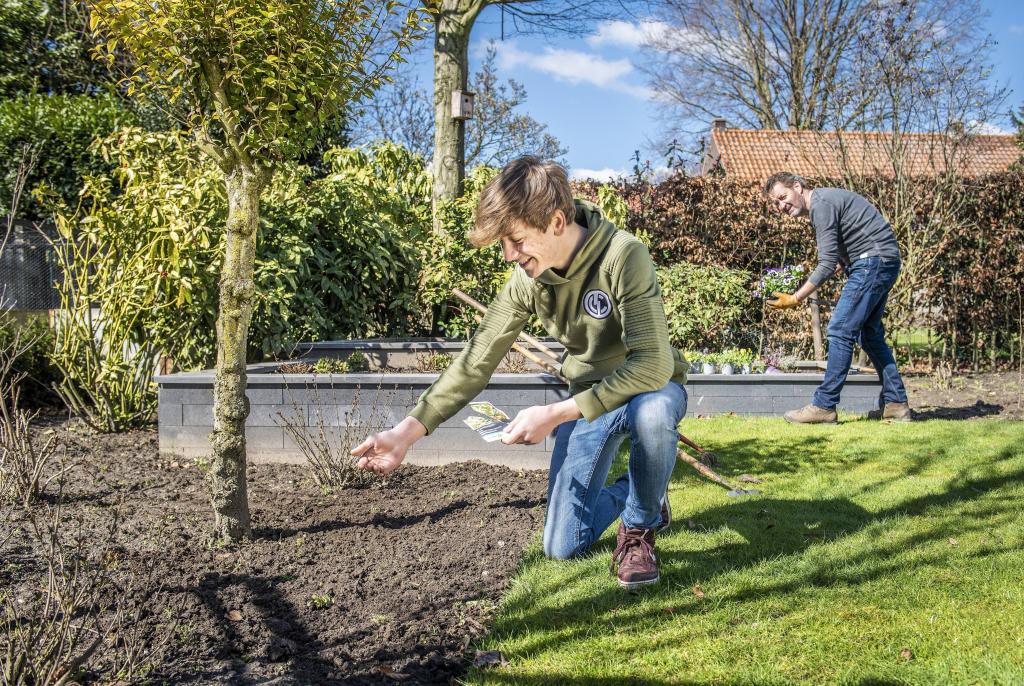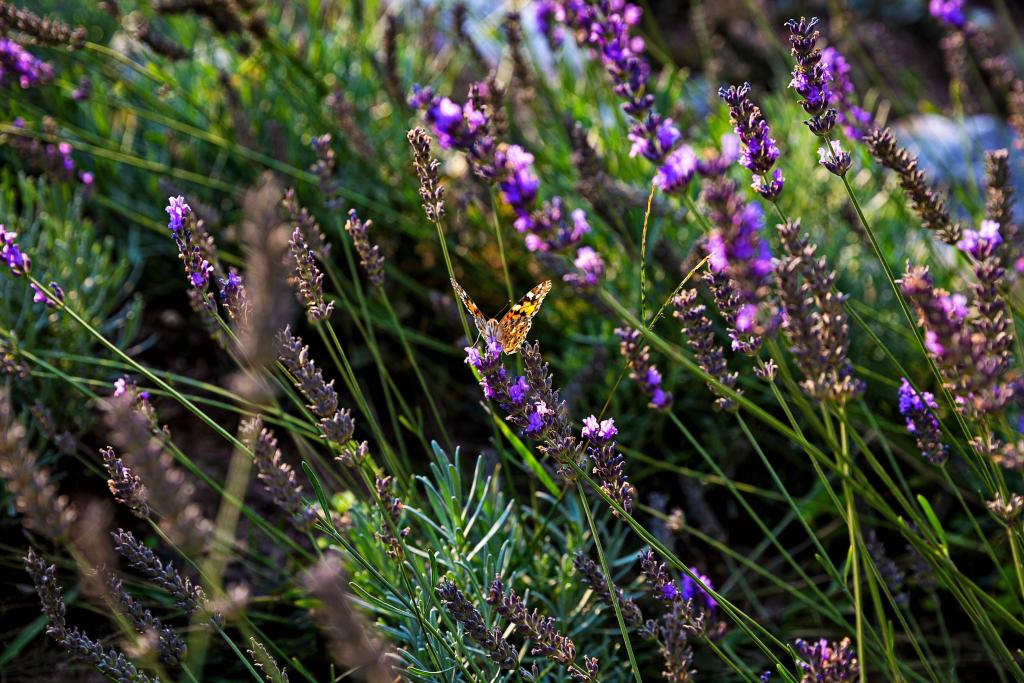Birds, bees and butterflies in the garden
A green garden with many different plants and adequate shelter attracts birds, bees and butterflies. A good way to attract butterflies and bees to the garden is with nectar plants. Examples are cattail, red sunshade, buddleja (butterfly bush) and dill. Dense plantings and sheltered spots provide hiding places, which in turn attract other insects. You can also hang a butterfly box or insect hotel as a bonus.
A lawn is attractive to birds because of the worms and insects that live in it. A hedge also creates a nice habitat for birds. Birds find shelter, they make nests in it and the berries provide plenty of food, as do the insects that descend on them. Insects often help against minor pests in your garden. Aphids, for example, are eaten by ladybugs. There are several ways to make your garden a paradise for birds, bees and butterflies. Health at least for many different flowering and seed-forming plants. Make a plant selection that can offer some blooms in every season. A garden with birds, bees and butterflies blooms from spring to fall.
Cost
Consider costs for purchasing plants.
Difficulty
Creating an attractive garden for birds, bees and butterflies is fairly easy.
Climate Goals
An attractive garden for birds, bees and butterflies contributes to a greener environment and biodiversity.
Flooding
Replace some of the tiles in your garden with various flowering and seed-forming plants. This will allow water to drain into your garden more easily.
Heat stress
A green garden helps prevent heat stress.
Tip: You can also choose to buy ready-made seed mix. Preferably native that suits the region.

